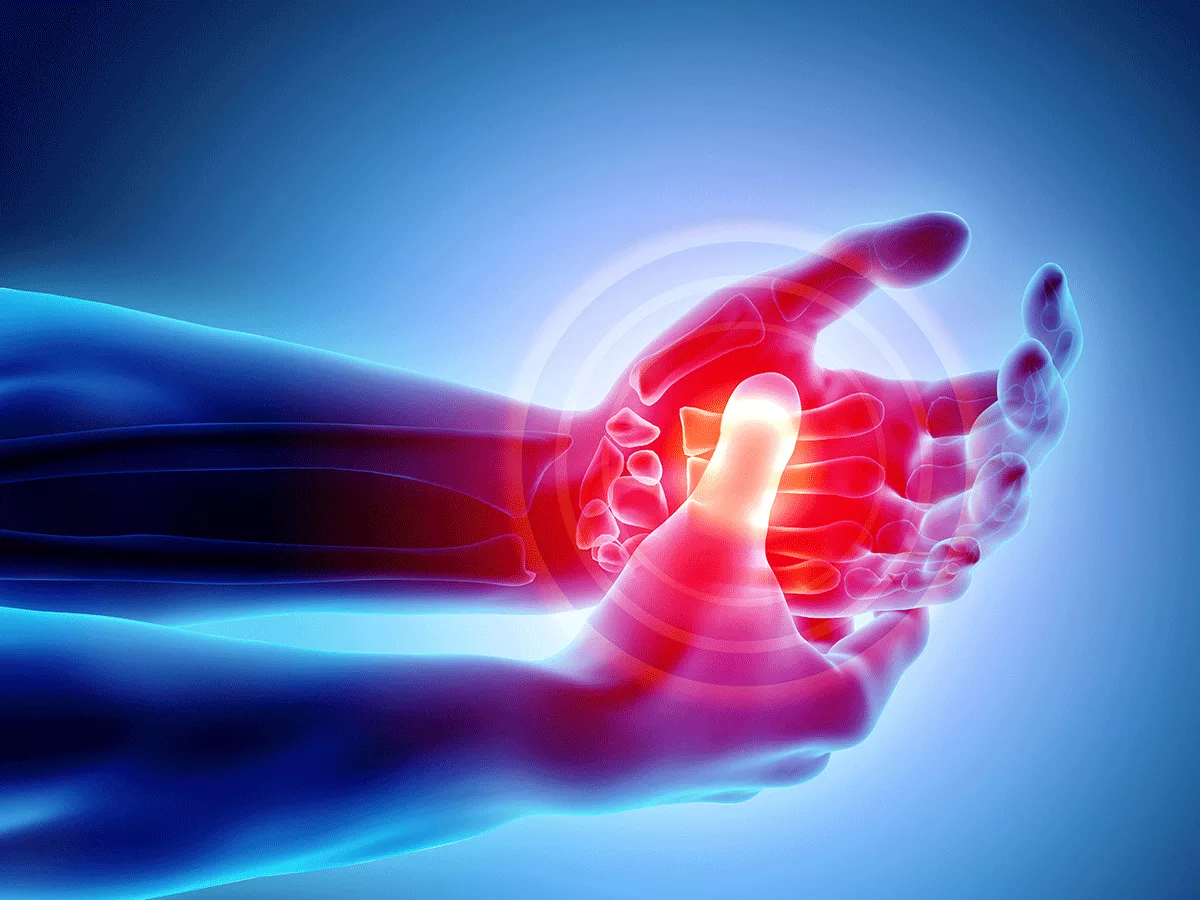A China-U.S. study led by scientists at China Pharmaceutical University (CPU) and Harvard University has identified a new small-molecule antagonist of the stimulator of interferon genes (STING) signaling pathway, SN-011, and shown it to be safe, effective and specific in STING-driven inflammatory diseases.
These findings, reported in the June 15, 2021, online edition of Proceedings of the National Academy of Sciences (PNAS), strongly support the further development of STING inhibitors such as SN-011 for treating STING-mediated autoimmune and other inflammatory diseases.
These results reinforce those with three other STING-specific antagonists, which "were evaluated in animal models of [the autoimmune encephalopathy] Aicardi-Goutieres syndrome (AGS), and in amyotrophic lateral sclerosis and chronic kidney disease," said study leader Chen Wang, a professor and dean of the Department of Life Science and Technology at CPU in Nanjing.
The cytosolic DNA sensor cyclic AMP-GMP synthase (cGAS)-STING axis plays a key role in sensing and initiating host immune responses against invading pathogens, with STING-deficient mice being more susceptible to viruses including herpes simplex virus type 1 (HSV1).
Moreover, inappropriate activation of this pathway leads to chronic expression of the proinflammatory cytokine interferon (IFN) implicated in the pathogenesis of autoimmune disorders.
In addition, genetic mutations leading to cytosolic accumulation of nucleic acids, notably the DNAse TREX1, cause inflammatory and autoimmune phenotypes, including AGS and systemic lupus erythematosus.
In mice, Trex1 deficiency causes potentially lethal inflammatory myocarditis, progressive cardiomyopathy and circulatory failure. However Trex1-deficient mice lacking STING are protected from these inflammatory diseases, suggesting STING's central role in disease pathogenesis.
In humans, STING gain-of-function (GOF) mutations cause STING-associated vasculopathy with onset in infancy (SAVI), while blocking cGAS-STING signaling in mice ameliorates progression of some IFN- or inflammation-driven disorders.
"A rare auto-inflammatory disease, SAVI is the most relevant STING-associated disease, having been reportedly refractory to multiple immunosuppressive therapies including corticosteroids and methotrexate," noted Wang.
"Additionally, in mouse models, STING-associated vasculopathy and mortality have been shown to be independent of [IFN regulatory transcription factor 3] IRF3 and type I IFN signaling."
Therefore, "there is an urgent need to discover and develop powerful new STING antagonists for safer and more effective treatments," Wang told BioWorld Science.
Collectively, the above findings in STING-driven inflammatory disorders show that STING represents an attractive therapeutic target.
Attractive target
Although several STING antagonists have been identified, these have all been found to have limited therapeutic potential in humans, due to factors including low affinity, inactivity against human STING and lack of specificity.
In the new PNAS study, Wang and colleagues collaborated with Judy Lieberman, a professor of pediatrics in the Program in Cellular and Molecular Medicine at Harvard University's Boston Children's Hospital in Boston, Massachusetts, using in silico docking to identify small molecules that bind to the cyclic dinucleotide (CDN) binding pocket of STING.
This identified SN-011, which was shown to bind to the CDN binding pocket with higher affinity than the endogenous STING agonist, 2-3-cyclic guanosine monophosphate-adenosine monophosphate (2'3'-cGAMP).
"Almost all of the small-molecule STING regulators identified to date, including STING agonists, target the STING CDN binding pocket, while SN-011's higher affinity for endogenous 2'3'-cGAMP blocks STING's interaction with this ligand," explained Wang.
SN-011 was demonstrated to be a potent and selective inhibitor of both mouse and human STING, blocking induction of type I IFNs and other proinflammatory cytokines in response to activation by 2'3'-cGAMP, HSV1 infection and overexpression of cGAS-STING.
SN-011 was also shown to compete with CDNs for the binding pocket of the STING dimer, blocking CDN binding and STING activation.
This is a significant finding, as "this is the mechanism that we have proposal [whereby] SN-011 blocks STING activation," Wang said.
"Based on this working model, SN-011 could not only be used in drug discovery as a promising lead compound, but also as a tool for studying the biological functions of STING signaling."
In this regard, SN-011 was demonstrated to inhibit activation of wild-type (WT) and SAVI-associated STING GOF mutants.
"SN-011 10 mcM effectively inhibited the activation of WT and SAVI-associated STING GOF mutants when they were overexpressed in experimental human embryonic kidney 293 (HEK-293) cell lines," noted Wang.
"As expression levels of STING or GOF mutants in primary cells are less than overexpressed [levels], the in vivo and ex vivo efficacy of SN-011 in SAVI-related mouse models and primary cells from SAVI patients may be more powerful."
This is highly significant, "because it [further] implies that SN-011 is a promising lead compound for the treatment of SAVI disease," he said.
In addition, SN-011 was not only well tolerated, but also shown to ameliorate autoimmune pathology and significantly prevent death in Trex1-deficient mice.
In these mice, "severe multiorgan inflammation including heart, stomach, tongue, and muscle was markedly ameliorated by SN-011 treatment, which also significantly reduced overactivation of adaptive immunity," said Wang.
Regarding mortality, "during the 1-month treatment period, 3 of 10 untreated Trex1-/- mice died, compared with none of the 10 mice that received SN-011 treatment," he said.
"Additionally, a head-to-head comparison of SN-011 and [another STING-specific antagonist] H-151 indicated that these two compounds comparably inhibited STING-mediated inflammation in both cell-based and Trex1-/- mouse models."
Together, these study findings have identified SN-011 as an attractive lead compound for developing drugs to treat STING-driven autoimmune and inflammatory diseases, while indicating a need to identify other effective human STING inhibitory lead compounds for further development.

